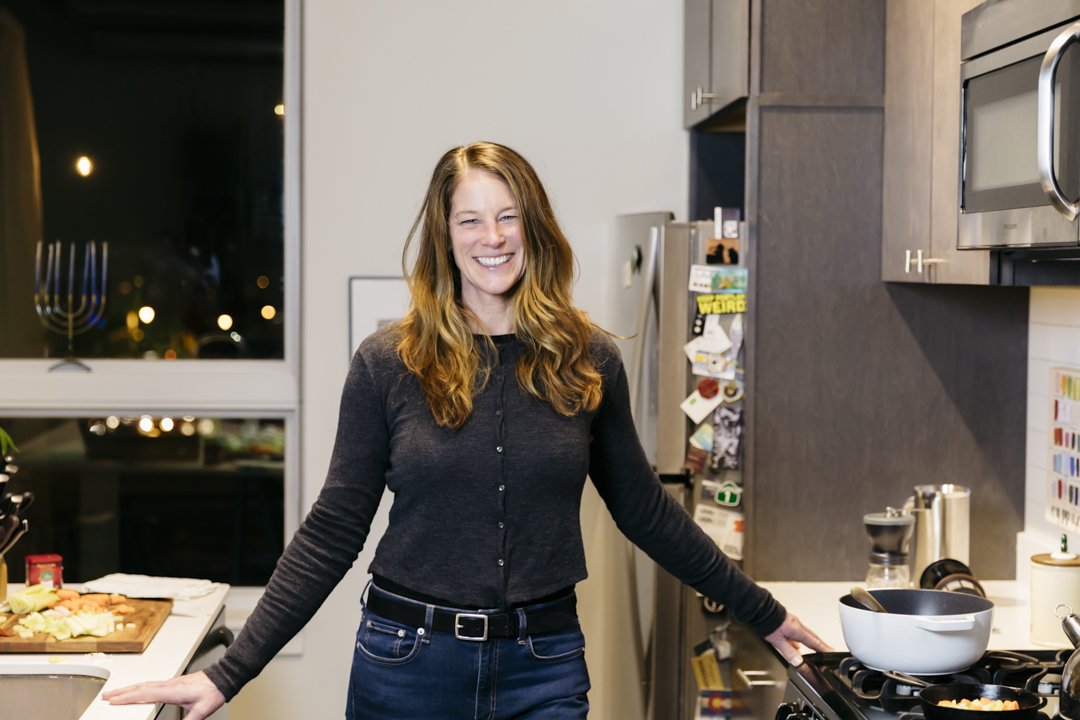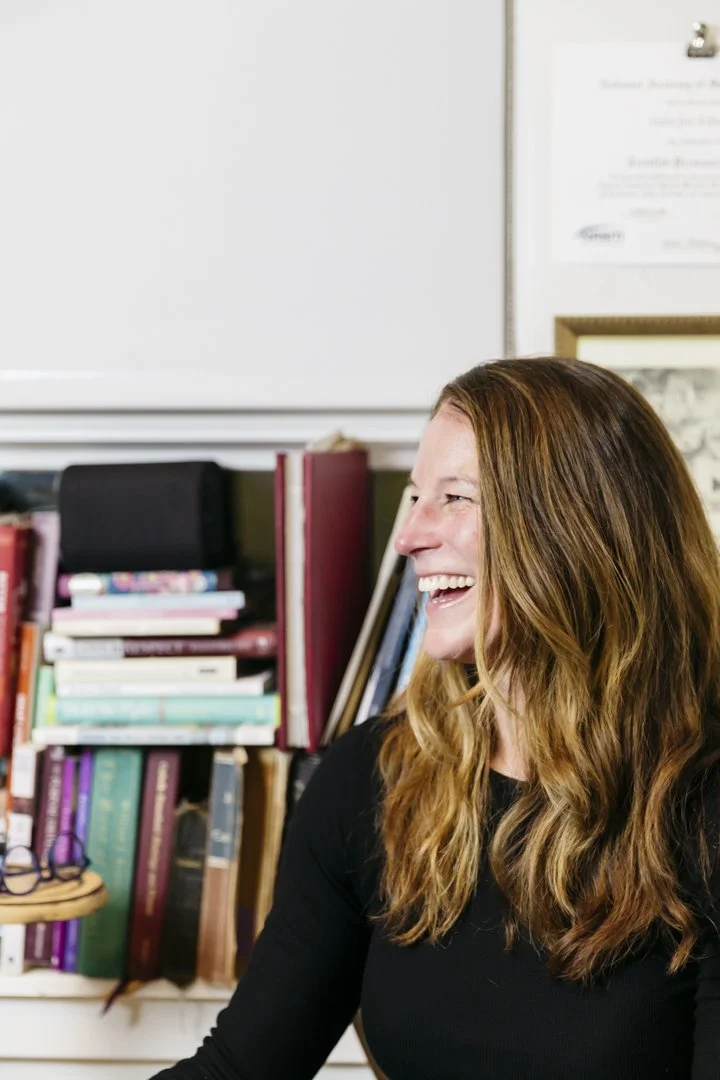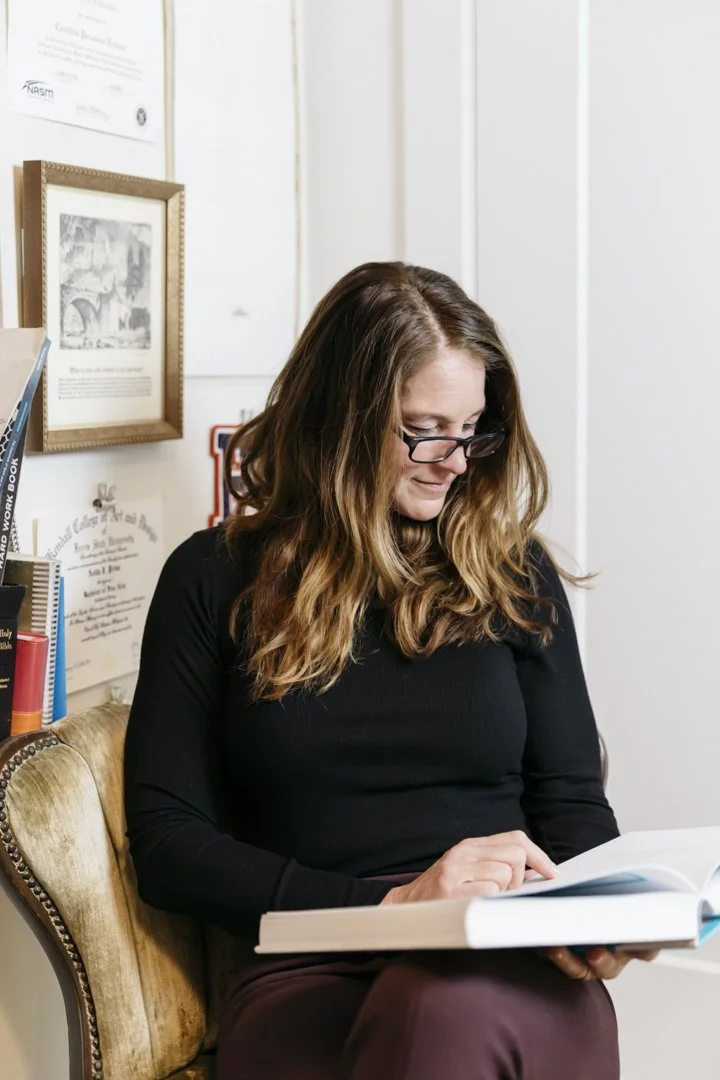Which kitchen is most dangerous?
Below are images of 3 kitchens and one is more dangerous than the other 2. Spend 5 to 10 seconds to choose which you believe it is.
The pursuit to test how environments can be designed to “think” and “feel” in productive ways is something I’m committed to. What if interior designing involved an inter-disciplinary team? What process would draw upon deeply held, core values of end-users? How can we improve upon safety and security for diverse end-users?
In 2011 Dr Steven Porges authored a book about a different way of knowing and responding to things. Neuroception gives meaning to the ways you unconsciously decide what is safe, dangerous, or life-threatening. Your deep need for survival and security is complex. Porges' proposed theory evolved into his music-based intervention.
Neuroscientists' innovative work shows that our bodily sensations create mental and emotional states. You can harness control by simply naming sensations, impulses, and behaviors that are automatic. Often they’re interpretations of situations that aren’t necessarily real.
Design factors can nudge behavior (example) and perception (example). Objects can become "fillers" and pretend threats that often throw your bodies’ physiological protection strategies out of sync with your actual needs. Which is why competence starts with observing. Name what you’re thinking and feeling. Notice what’s involved.
Experiment with neuroception this week. Notice your identities and values working (or not.) Then prioritize or shape something to do what you need and want.








